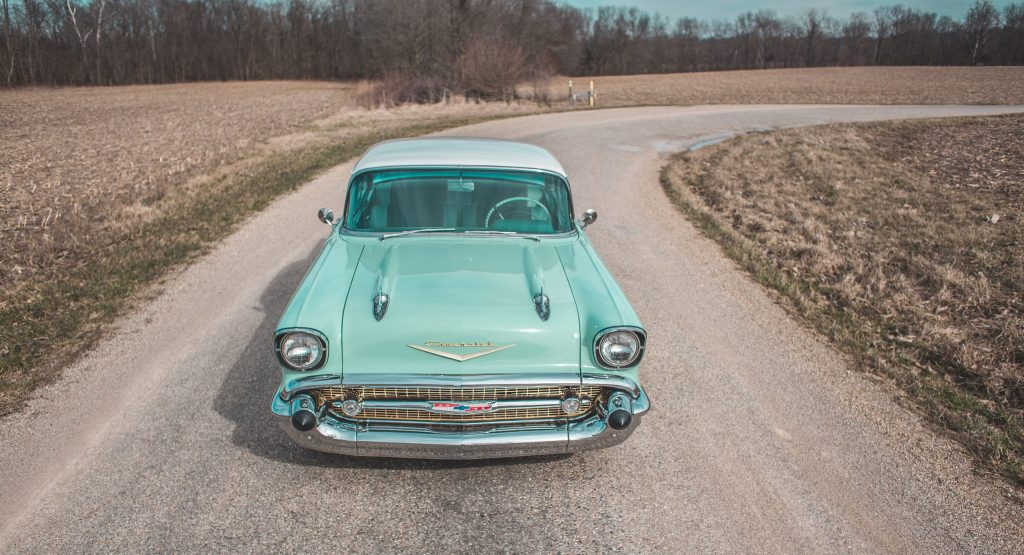Remember when we had to decide whether we wanted to use the phone or browse the internet? How annoying was it when your brother watched a VHS but didn’t rewind the cassette? When was the last time you fed your Tamagotchi?
You’re not the only one getting excited about such questions and reminiscing on the good old days. People love remembering familiar trends and experiences from their past. It should come as no surprise, then, that nostalgia marketing is a very successful technique.
What is Nostalgia?
Nostalgia is felt when you remember sights, sounds, or experiences from your past. It’s not just an emotion, but also a thought-process, as an article by HuffPost suggests. Often, it is described as bittersweet; we like to remember the sweet moments of the past but know that we can’t go back to experience them again.
The feeling can actually be beneficial to our mental health. When the term was coined in 1688, doctors viewed it negatively and believed a person could die from nostalgia. However, as medicine and research evolved, recent studies suggest that nostalgia can be “a source of strength, enabling the individual to face the future”. In fact, it seems to bring out the best in us, boosting creativity, increasing optimism, and much more.
The challenge for brands is to tap into those benefits and feelings in their audience.
How to use Nostalgia Marketing
Nostalgia gives us a feeling of belonging and purpose. Brands can use this to humanise themselves and connect with their audiences on a new level that a lot of generic content can’t. Bringing emotions into marketing campaigns has proven successful in many ways over the past centuries.
A study published in the Journal of Consumer Research found that when they experience nostalgia, people are less attached to their money. The feelings of connectedness that nostalgia creates makes people more likely to spend and donate money. Brands looking to make sales can certainly use this to their advantage.
If your brand has a rich history, share some of that. Tell your story and reference old logos, locations, or products, if applicable. Relate your products to experiences that consumers may have shared in the past.
For example, Motorola invoked nostalgia when they released a new version of their old classic, the Razr. For many, that brought them back to the early days of cell phones and a beloved product. Australia used a similar tactic with their tourism commercial that gave nods to the popular 80s film, Crocodile Dundee.
Reminders of the past make us all slow down and feel connected. In today’s fast-paced digital world, that’s something many of us crave. Brands that understand their consumer and can deliver a blast from the past are likely to reap the rewards.
Who Responds to Nostalgia Marketing?
This may hardly be a surprise, but it’s the millennials who love Nostalgia Marketing the most. Millennials range from their mid-twenties to late-thirties and seem to have quite the affinity for the 80s, 90s, and early 2000s.
Cassandra Mcintosh, senior insights analyst at Exponential, explained why. “Millennials are coming of age in an age of economic turmoil — a difficult job market. Therefore, they end up romanticizing simpler times much more – even those times they weren’t around for.”
To be successful with nostalgia marketing, make sure you really understand your audience and what resonates with them. Even among millennials, nostalgia does not hit all the same. Tailor your messaging to their interests from the past and their needs for the present.
Nostalgia marketing is something we certainly enjoy seeing. As with all marketing strategies, it needs to be well planned and thought through. When done correctly, it can have amazing results.
If you’ve used nostalgia marketing for your brand, or maybe considered it but never taken the leap, we’d love to hear from you! Our team can help turn those fond memories into modern marketing.
